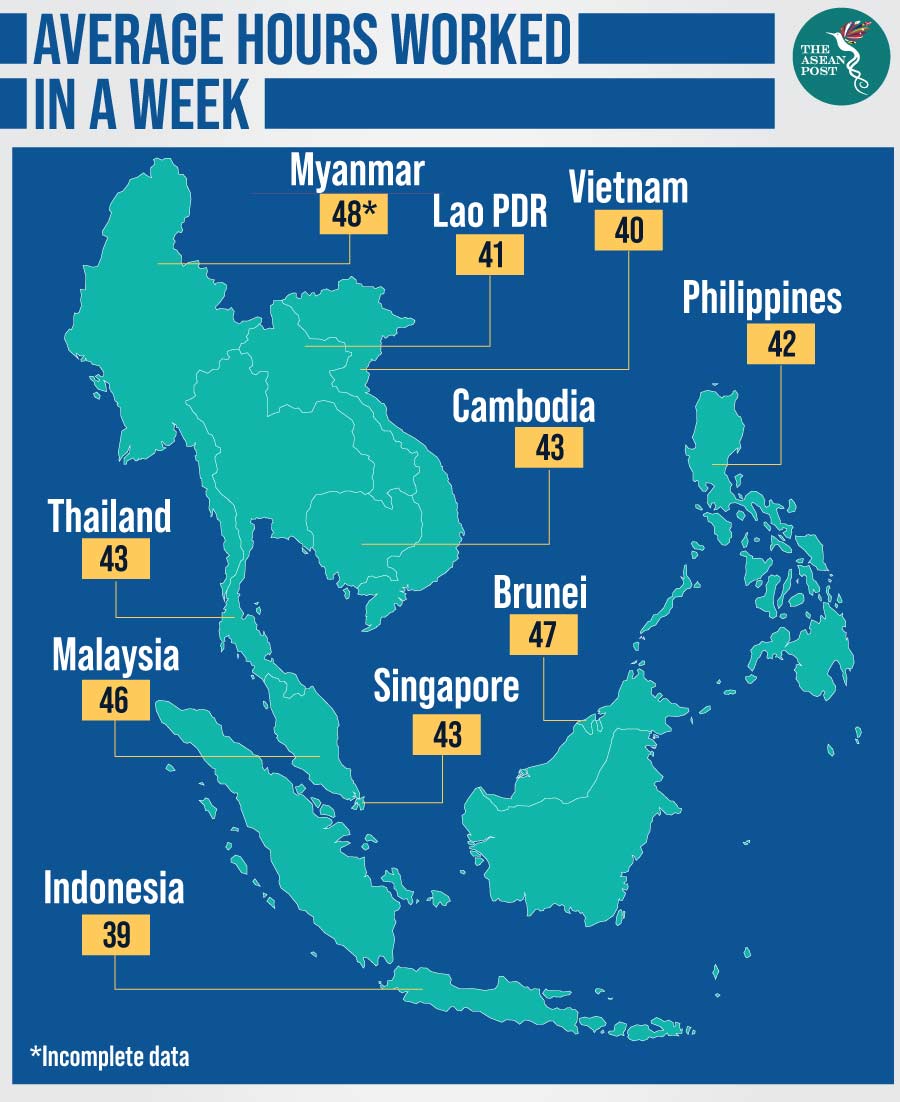

There are usually 26 pay dates each year. The Consolidated Omnibus Budget Reconciliation Act of 1985 (Public Law 99-272, April 7, 1986) made this change permanent by amending 5 U.S.C. 8, 1982) temporarily changed the divisor for computing the hourly rate from 2,080 work hours to 2,087 work hours in fiscal years 19. The Omnibus Budget Reconciliation Act of 1982 (Public Law 97-253, Sept. Using 2,087 as the average number of work hours in a calendar year reasonably accommodates the year-to-year fluctuations in work hours. This average results from the fact that there are usually 4 years with 262 workdays (2,096 hours), 17 years with 261 workdays (2,088 hours), and 7 years with 260 workdays (2,080 hours). Thus, a calendar year may have more paid workdays than a 52-week year.Ī General Accounting Office study published in 1981 demonstrated that over a 28-year period (the period of time it takes for the calendar to repeat itself) there are, on average, 2,087 work hours per calendar year. However, a calendar year actually consists of either 365 or 366 days. This formula presumes a calendar year consisting of exactly 52 weeks or 364 days. For a regular full-time employee, the hourly rate was then multiplied by 80 to determine the biweekly gross pay. Until 1984, an hourly rate of basic pay was computed by dividing the employee's annual rate of basic pay by 2,080 hours (the number of hours in 52 workweeks of 40 hours) and rounding to the nearest cent. If calendar year 2011 had 27 pay dates (see 26 or 27 Pay Dates below), a GS-13, step 1, employee in the DC locality pay area would actually receive $92,146 ($3,412.80 x 27 pay dates). The pay the employee will actually receive is $88,733 ($3,412.80 x 26 pay dates). The employee's biweekly rate of basic pay is $3,412.80 ($42.66 x 80 hours). The employee's payroll calendar has 26 pay dates. In 2011, the annual rate of basic pay of a GS-13, step 1, employee in the Washington, DC, locality pay area is $89,033. Also, rates of pay for certain Department of Veterans Affairs employees paid under title 38, United States Code, are computed using a 2,080 hourly divisor. 5545b are subject to special rules for computing hourly rates and overtime pay. In addition, firefighters covered by 5 U.S.C. 5541(2), except those listed as covered above. The 2,087-hour divisor may not be used for an employee or individual excluded from the definition of "employee" for premium pay purposes in 5 U.S.C. 5541(2), the following employees are covered by the 2,087-hour divisor: the head of an executive agency, the head of a military department, a Foreign Service officer, a member of the Senior Foreign Service, a member of the Senior Executive Service, and a member of the Federal Bureau of Investigation and Drug Enforcement Administration Senior Executive Service. (See "Excluded Employees," below)Īlthough excluded by the premium pay definition of employee in 5 U.S.C. The 2,087-hour divisor must be used for almost all civilian Federal employees in an executive agency, including employees under the General Schedule (GS), and most other employees, unless excluded by law. Biweekly rates of basic pay are computed by multiplying an employee's hourly rate of basic pay by 80 hours.Rates must be rounded to the nearest cent, counting one-half cent and over as the next higher cent (e.g., round $18.845 to $18.85). Hourly rates of basic pay are computed by dividing an employee's annual rate of basic pay by 2,087 hours.Hourly and biweekly rates of pay for most Federal civilian employees are computed as required by 5 U.S.C. Voluntary Separation Incentive Paymentsįact Sheet: Computing Hourly Rates of Pay Using the 2,087-Hour Divisor Description.Training Program Management Toggle submenu.Snow & Dismissal Procedures Toggle submenu.Presidential Rank Awards Toggle submenu.

Senior Executive Service Toggle submenu.Recruitment, Relocation & Retention Incentives.


 0 kommentar(er)
0 kommentar(er)
